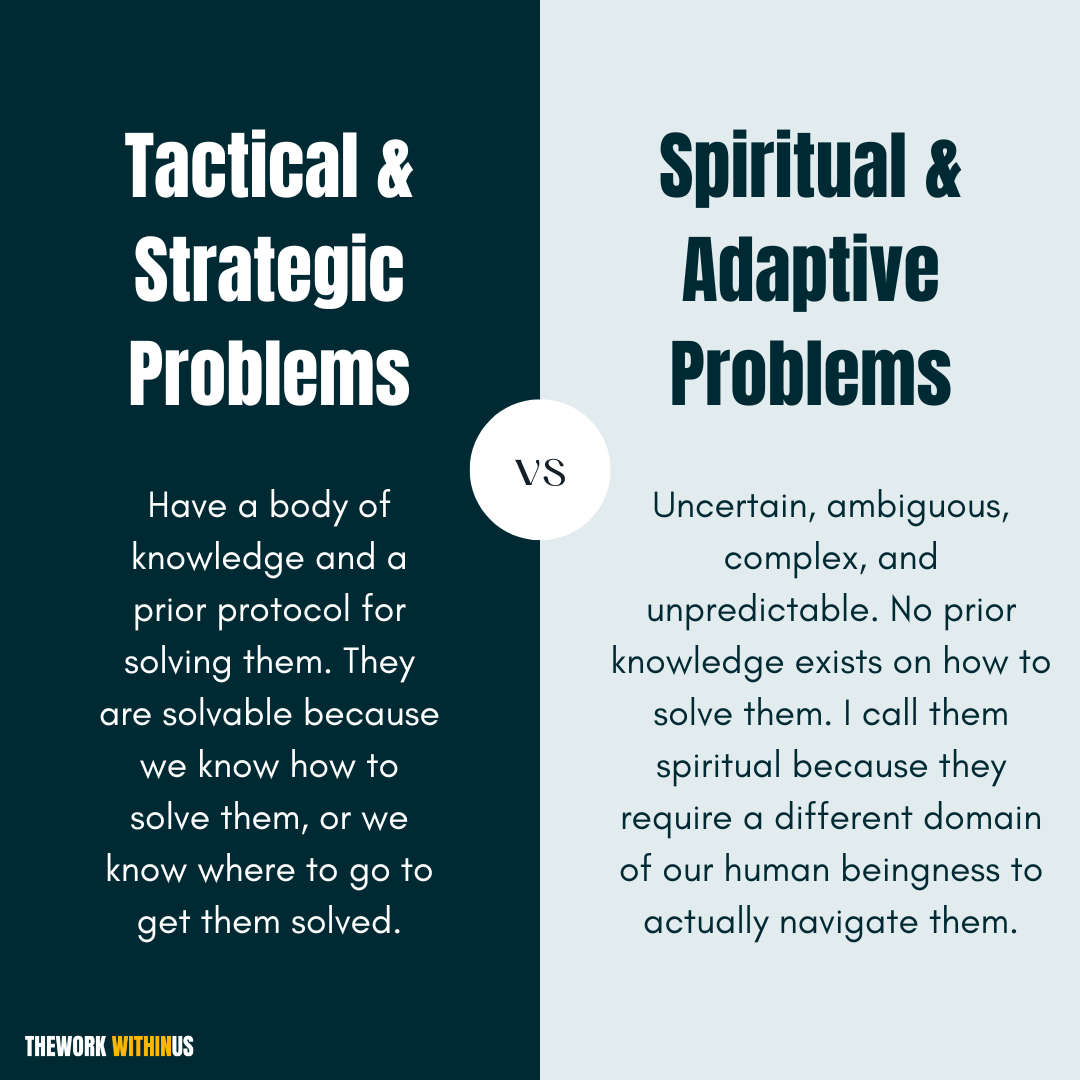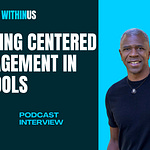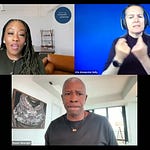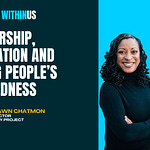Last week I had the privilege of sitting down with Dr. Hugh O’Doherty from Harvard’s Kennedy School of Government. Hugh grew up in Ireland during the Troubles, a period marked by violence and deep division. He shared powerful insights on what it means to lead in times of conflict and uncertainty — lessons that resonate far beyond Ireland.
Our conversation explored how easily we can slip into dehumanizing one another, and how leadership requires building containers for reflection, multiple perspectives, shared purpose, and space for emergence. What struck me most was how closely his ideas mirror the principles of The Four Pivots.
I’m grateful to Dr. O’Doherty for the dialogue and hope these reflections spark something for you as you think about leadership, healing, and the challenges we face in our communities.
Transcript (Edited)
Tactical vs. Spiritual: A Conversation on Leadership and Change
I love this Substack community because I can talk directly with you. I wanted to share a really good and interesting conversation I had last week on campus with a professor. His name was Hugh O’Doherty.
Dr. O’Doherty is from Ireland, and we met because a student that took both of our classes shared that we have a lot of similarities about how we view leadership, life, what matters, and how we change the world. He was fascinating.
The Problem of Dehumanization and The Troubles
He shared a deeply personal story. He was in Ireland during The Troubles, the period of violent conflict between Protestants and Catholics over uniting Ireland that spanned roughly from the 1950s to 1998. He was an adult and a teacher during this time, and tragically, he lost students due to the violence.
His experience led him to recognize a fundamental truth about human nature: there is a natural tendency for us to slip into the murky, dark, and dangerous parts of ourselves, so much so that we can dehumanize each other. This tendency to fiercely defend the values and people we care about is natural. Without critical, ongoing reflection, we can slip into that behavior, which unfortunately leads to war, violence, and all those sorts of things.
I shared my own background working in Oakland—a very different context, but similar in the fact that Black young people were shooting and killing, sometimes holding a belief that another life was not as valuable, and the resulting community trauma.
Tactical vs. Spiritual Problems
One of the most interesting things Dr. O’Doherty shared is that when we face any problem, we have a choice. We need to determine if the problem is tactical/strategic or adaptive (what I call spiritual).
Tactical/Strategic Problems have a body of knowledge and a prior protocol for solving them. They are solvable because we know how to solve them, or we know where to go to get them solved.
Adaptive/Spiritual Problems are uncertain, ambiguous, complex, and unpredictable. No prior knowledge exists on how to solve them. I call them spiritual because they require a different domain of our human beingness to actually navigate them.
Many of the most complex problems leaders face are these adaptive or spiritual problems.
Building the Container for Change
I shared with him that when navigating these spiritual problems, it’s always important to first build a container to walk through the problem together with others. As leaders, our job is not to solve the problem or come up with the authoritative answer, but to build the container—the space—where people could solve the problem together.
The four points we discussed about how to build that container are the same principles that undergird the four pivots in healing-centered leadership.
1. Deep Reflection on Assumptions
We must check our assumptions about what the problem is. What are the biases, presuppositions, or fears—based on our past lived experience—that we inadvertently bring into our interpretation?
Leaders often treat a spiritual problem with tactical tools because they believe the spiritual problem is actually a tactical one. If you treat a spiritual problem with tactical tools, you will never solve it. This first step requires getting quiet and centered to identify what we are bringing to the table.
Listen to this episode with a 7-day free trial
Subscribe to The Work Within Us to listen to this post and get 7 days of free access to the full post archives.











